
-
 【線材】AUGENE Matchmaker Thin 訊號線 【線材】AUGENE Matchmaker Thin 訊號線
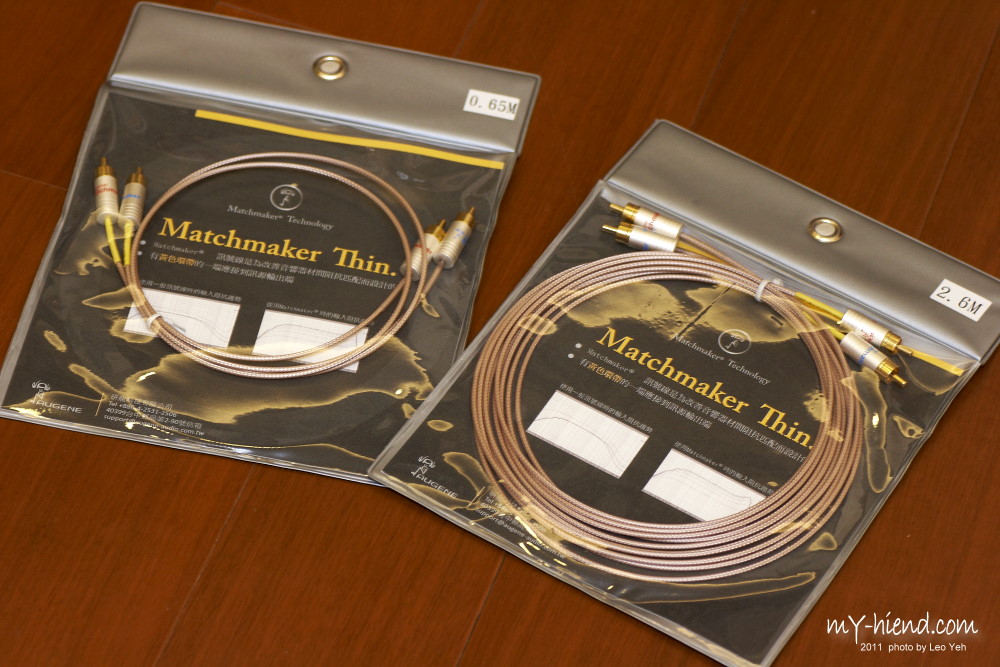
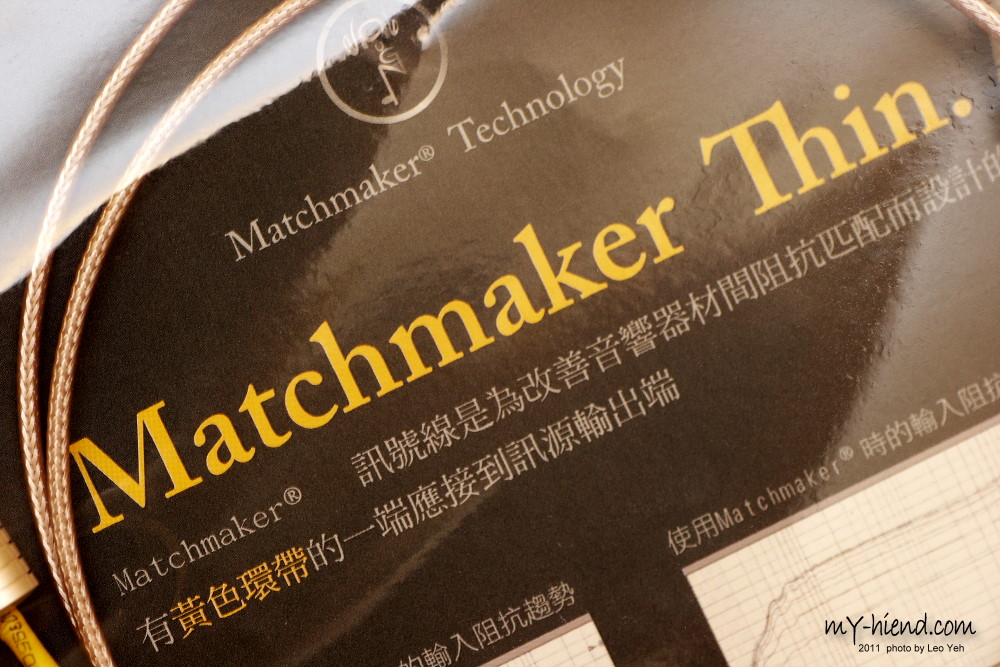
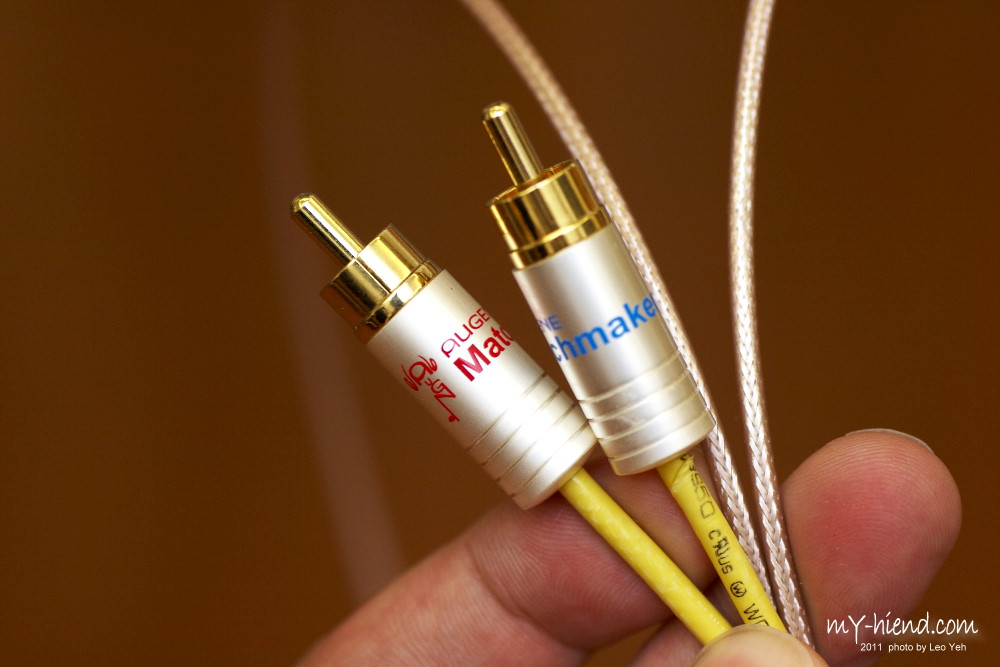
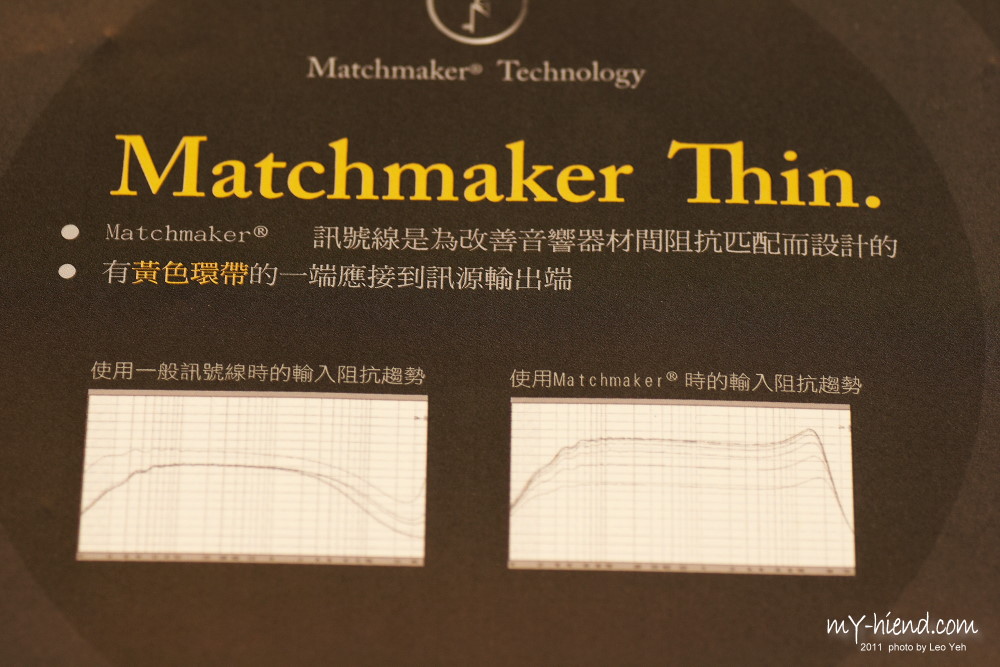
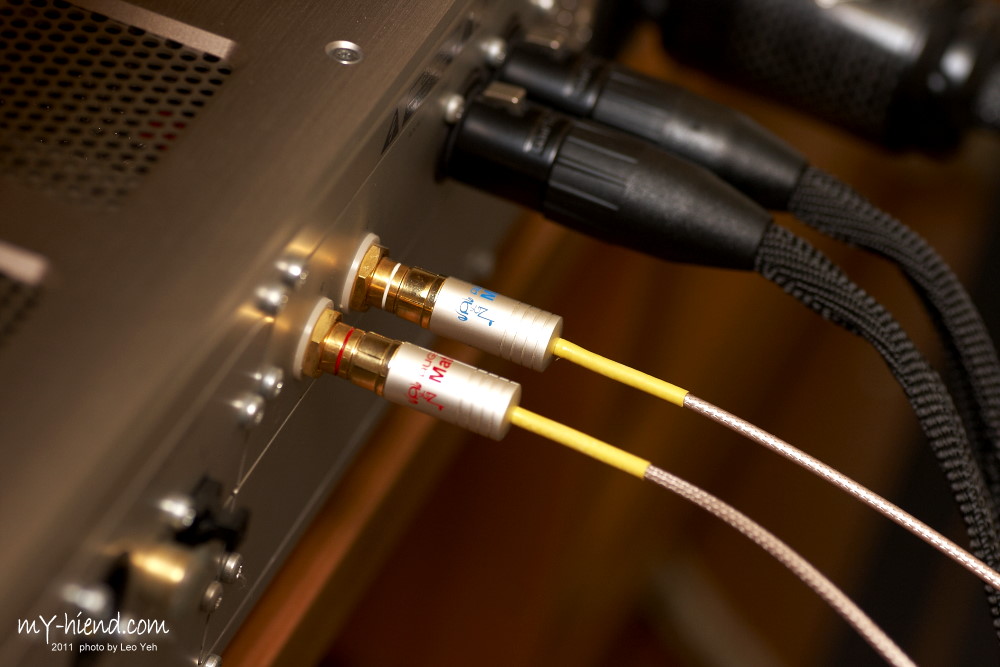
Cables We have started to introduce our own cables using our Matchmaker® technology because we have discovered that cables influence the performance of equipment enough to make or break a reputation. Through numerous tests, we have determined that cables have to play an important role in matching the receiving end such that it can provide a constant load to the source throughout the audio band. Below we first show a typical input impedance curve using audio cables of various brands. All other commercially available cables that we have measured follow similar trends. The absolute impedance value at higher impedance is not accurate due to measurement equipment input impedance; however, the trend is quite consistent with listening experiences.

Below is how our cables typically perform at early development stage. Note that we not only want a reasonably flat input impedance with good damping characteristics, but it’s also desirable to have it remain consistent under different equipment input impedance values. Development is ongoing and new releases will evolve.

We initially introduce three series: The Matchmaker Adapter Series, Thin Series, and the Link Series. The Thin series is designed for people that want to keep the cable as “invisible” as possible. The Link Series is for people that accept normal interconnect dimensions. Initially, two lengths for each series will be provided, 2.5 meters and 10 meters. These lengths are selected for usage of the Exaltation in front and as surround speakers. Other lengths may become available as market demands. Because different cable lengths need to be treated differently, it is not possible to have too many options in stock.
The Thin Series
The Thin Series is aimed for those whom desire improved performance, but prefer thin cables for easy routing and easily hidden. These series excel in transparency over the audio range from 30Hz through 20KHz, which is ideal for most systems except for the huge systems that provide well defined performance below 30Hz which normally only large horns can more accurately reproduce.

Since our cables evolved along with speaker and amplifier design improvements, we decided to keep each interface such that a constant load is presented to the source while we improve each device. Thus our cables will most likely provide best performance with our speakers at the end of the link which is due to design according to the philosophy that each individual link must meet certain engineering criteria so that design changes will not result in degradation of reproduction as designs evolve. When our cables are used with other equipment, it will normally be compatible for input impedances between 1KΩ~30KΩ; however, since not all equipment are designed to the same criteria, installation of our cables may make certain problems in other areas of a system more annoyingly revealing.
It is well known that almost all cables require some time of break-in for it to reach stable characteristic. This has not only been widely known among audiophiles, but we have also verified this through measurement. Our cables reach stable performance after at least 100 hrs of playing time over a one month period
www.augene-audio.com.tw
-
 發文規則
發文規則
- 您不可以發表新主題
- 您不可以發表回覆
- 您不可以上傳附件
- 您不可以編輯自己的文章
-
討論區規則
|

















 回覆時引用此篇文章
回覆時引用此篇文章